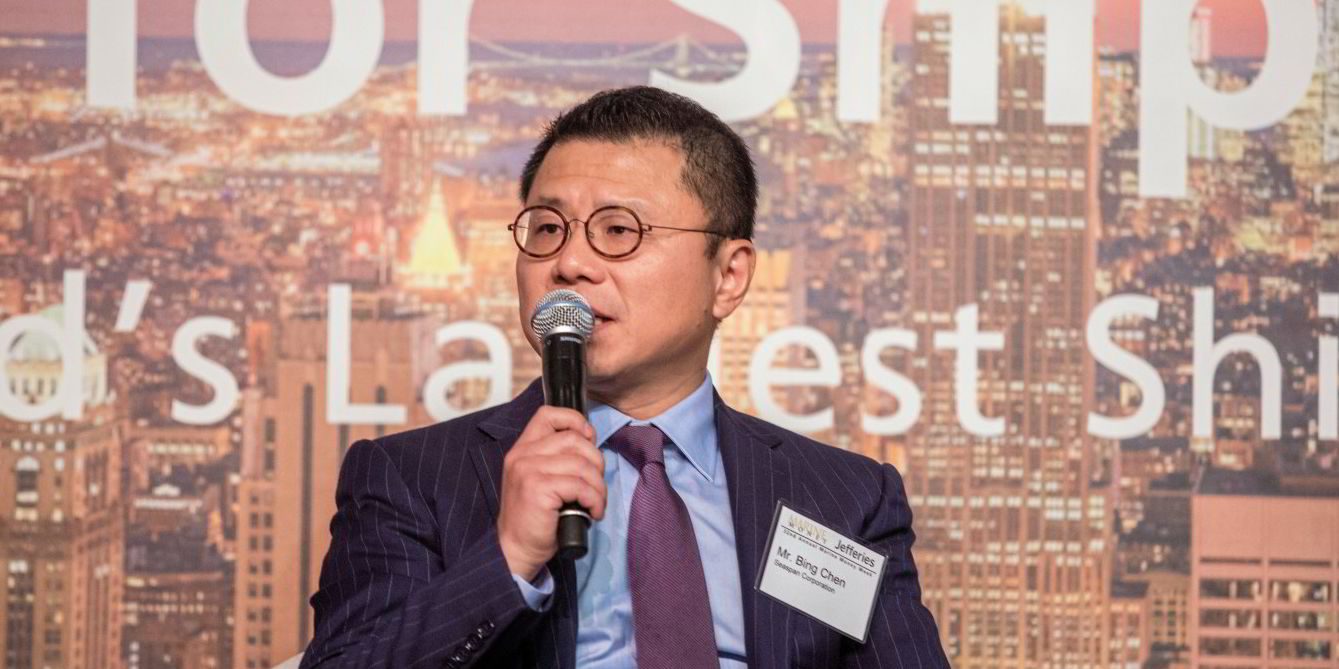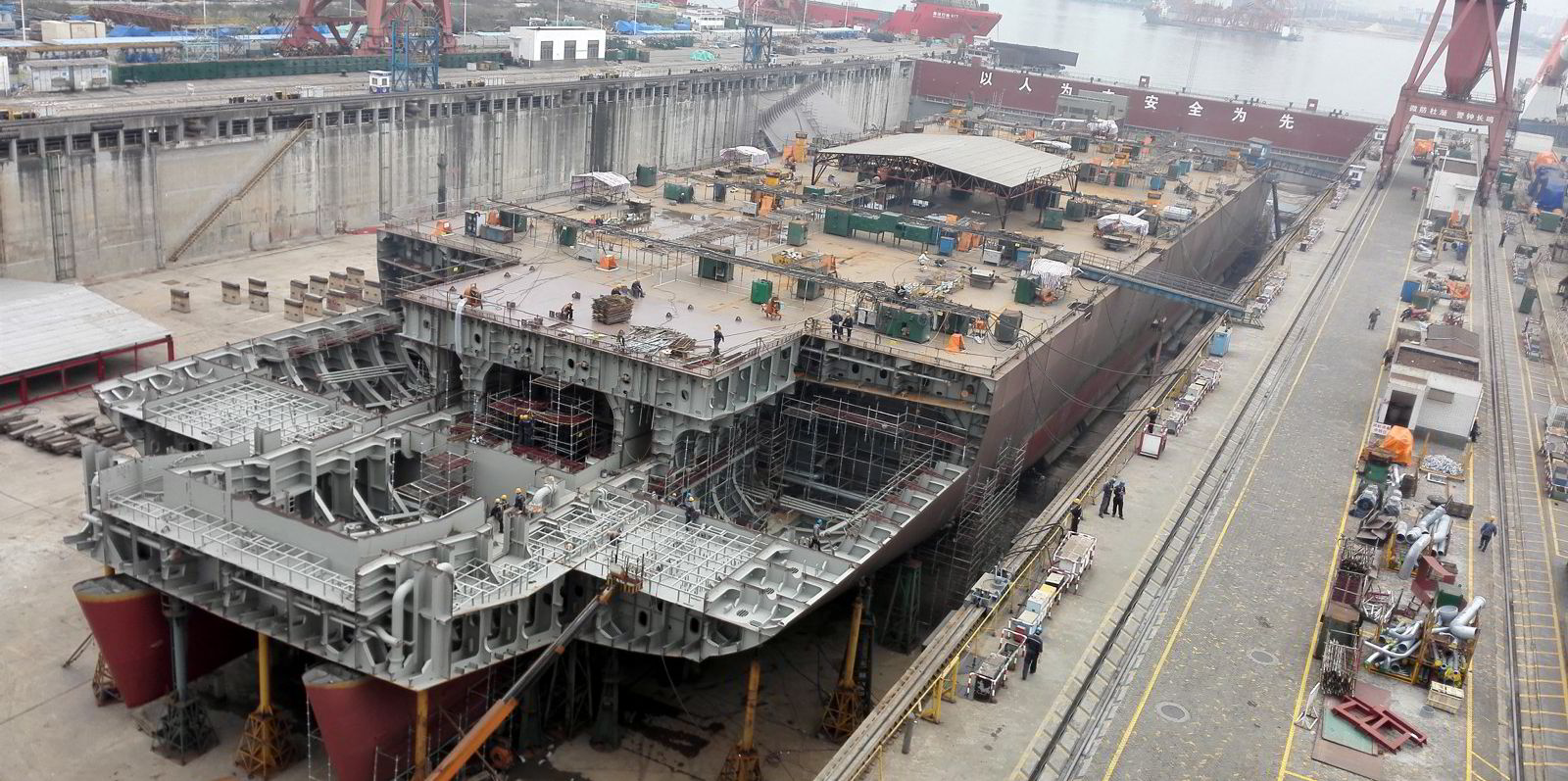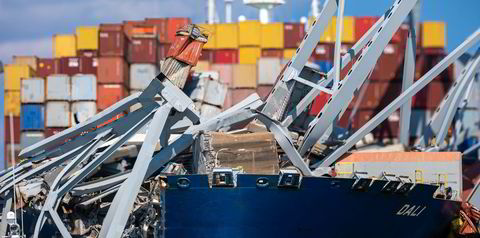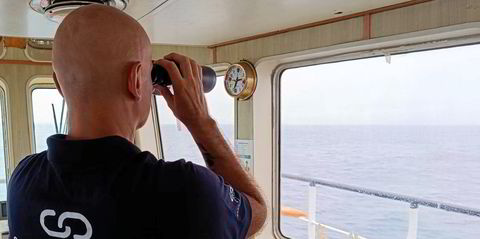The volume of containership contracting this year has exceeded all previous records.
An ongoing surge in orders has seen about 470 units with a total capacity of 3.9m teu contracted in the nine months to 1 October, according to figures from Clarksons Research.
That already exceeds the previous record set 14 years ago in 2007, when 3.3m teu of containership capacity was contracted, the data shows.
Newbuilding boxship contracting surged early this year and resumed in the second half, led by carriers and a handful of tonnage providers.
Some 4.7m teu of capacity has been contracted since the surge kicked off in the fourth quarter of 2020, Clarksons estimates.
The tally has been boosted by orders of 96 ships with a total capacity of 576,000 teu in August and September.
Pushing up newbuild prices
Orders at Chinese, South Korean and Japanese yards put the total value of containerships contracted this year at $37bn, according to Clarksons.
That remains some way short of the all-time-high of $47bn-worth of orders concluded in 2007.
But strong newbuilding interest and firm steel prices continue to support further gains in pricing, the shipbroker added.
Clarksons' boxship newbuilding price index climbed to 95 points at the end of September, the highest level since before the financial crisis in 2008.
The newbuilding price for a 15,500-teu neo-panamax climbed from $108m in January to $150m over the same period, up more than 40% since the end of last year, the shipbroker estimated.
Other European brokers allude to the prospect of more newbuilding projects in the pipeline before the year ends.
They believe that further orders and a shortage of newbuilding slots over the next three years could push prices higher.
The surge in the value of the newbuilding orderbook has risen in the past two months on the back of a contract placed by Danish giant Maersk, worth up to $2.1bn for eight to 12 methanol-capable 16,000-teu ships.
More recent orders have seen liner operators and tonnage providers place contracts for 7,000-teu designs.
French carrier CMA CGM inked a $720m order in September for six dual-fuelled LNG vessels of 7,100 teu at Samsung Heavy Industries.

It was followed by tonnage provider Seaspan Corp, which signed up in China for 10 ships of 7,000 teu on the back of long-term charters to Japan's Ocean Network Express.
Seaspan has placed orders for 70 vessels since December 2020, amounting to 839,000 teu.
Cause for concern?
The surge in orders has pushed the containership orderbook up to 687 ships of 5.62m teu today, a threefold increase since the end of 2020.
That remains beneath the record of 6.6m teu on order at shipyards in 2008, but it has led to a sharp increase in the portion of the fleet on order.
The newbuilding orderbook has more than doubled, from 10% of the total container fleet on the water at the end of last year to 23% today.
That is deemed manageable compared with 2008 and 2009, when the orderbook was equivalent to more than 50% and up to 60% of the fleet on the water.






